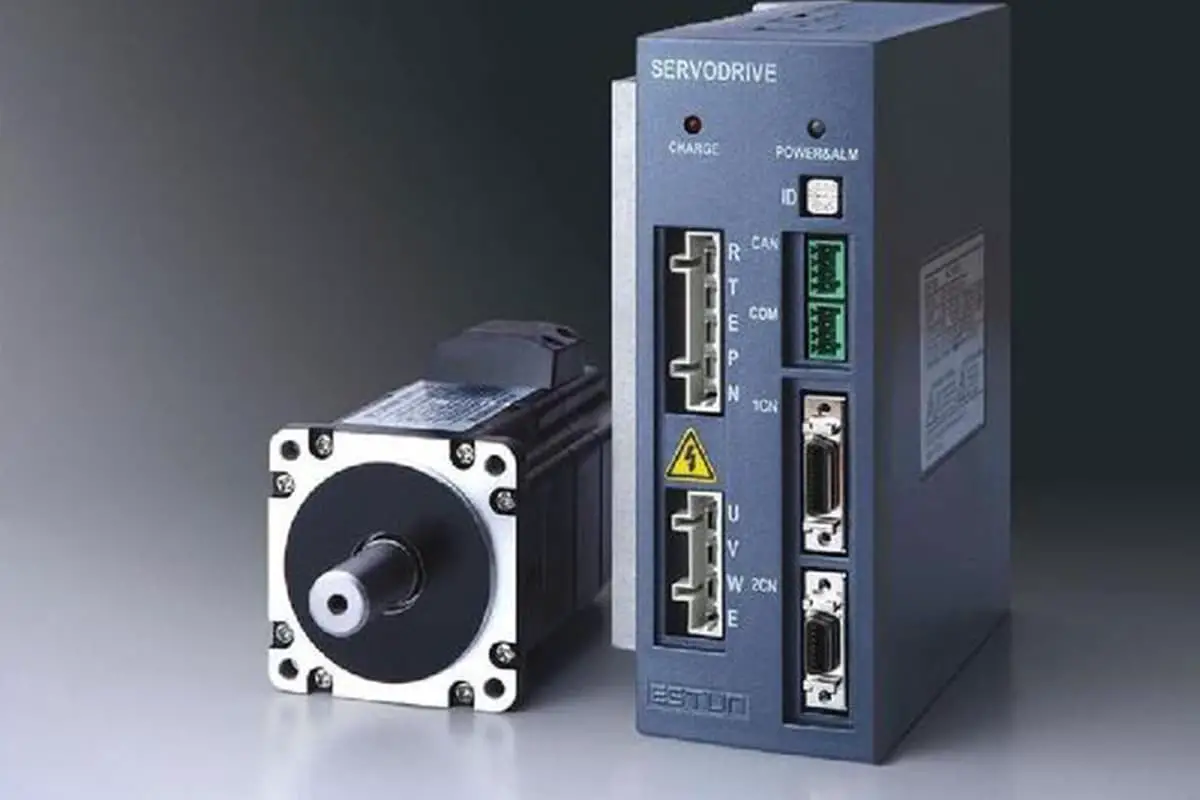
How do modern machines achieve precise control in complex tasks? Servo systems hold the answer. This article delves into the principles behind servo systems, exploring how they function and the different types available, such as position and velocity servo systems. Readers will gain insights into the components and classifications, learning how these systems maintain accuracy and efficiency in various applications. Discover how servo systems enhance automation and precision in today’s technology.

A servo system primarily consists of a servo controller, drive circuitry, servo motors, and corresponding feedback detectors.
When a manual control signal is received by the servo control system, the actuator performs a series of motions and actions according to the instructions of the control signal. If no more signals are present, the controlled transmission device ceases operation until the arrival of the control signal.

Based on the different objects of their action, they can be divided into position servo systems and speed servo systems.
1) Position Servo System
This refers to a servo system that can accurately track and position the target command position. Depending on the presence of feedback, position servo systems are divided into open-loop control and closed-loop control.
The open-loop position servo system has the advantages of simple structure and low cost, but it does not have position and speed feedback functions. Its position control accuracy depends on the step angle of the stepper motor and the accuracy of the transmission mechanism.
Closed-loop control is divided into full closed-loop control and semi-closed-loop control. Under full closed-loop control, the detector directly detects the displacement of the controlled object on the workbench and feeds this displacement back to the controller to form full closed-loop control.
As the controller can control according to the actual displacement of the controlled object, full closed-loop control has a high positioning accuracy and can eliminate errors throughout the process from the motor to the mechanical transmission mechanism to the controlled object.
However, the closed-loop control structure is relatively complex, the cost is high, and it is difficult to implement.
(2) Velocity Servo System
The load torque of the typically driven machinery often fluctuates, as do the voltage and frequency of the power supply. Consequently, the operating speed of the driven object is generally variable.
Therefore, the primary task of the velocity servo system is to maintain the stable operation of the driven machinery (or load) at the required precise speed (not just a single speed).
According to the different types of actuating motors, the system can be divided into Direct Current (DC) Servo Systems and Alternating Current (AC) Servo Systems.
1) DC Servo System
A DC Servo System refers to a servo system where the servo motor utilizes a direct current motor.
2) AC Servo System
An AC Servo System chiefly consists of an AC servo driver (or controller) and an AC servo motor. With the driver as its nucleus, the system controls the operation of the AC servo motor.
Closed-loop control of torque, speed, or position results in exceptional dynamic and static system performance.
Industrial robots comprise four main components: the body, servos, reducers, and controllers. Among these, the general structure of the industrial robot’s electric servo system consists of three closed-loop controls: the current loop, speed loop, and position loop.
Typically, for an AC servo driver, various functions such as position control, speed control, and torque control can be achieved by manually setting its internal functional parameters.

A servomechanism, also known as a servo system, is a feedback control system designed to accurately follow or replicate a specific process. This servo system allows the controlled outputs such as the position, orientation, and status of an object to automatically adapt to any changes in the input target (or set value).
The servo system is a product developed based on variable frequency technology. It is an automatic control system where mechanical position or angle is the subject of control. In addition to controlling speed and torque, the servo system can also perform precise, rapid, and stable position control.
In a broader sense, a servo system is a control system that accurately tracks or replicates a given process, and can also be referred to as a follow-up system.
In a narrower sense, the servo system, also known as a position-following system, controls the linear or angular displacement of a mechanical load in space. When the positional set value (input) changes arbitrarily, the main task of the system is to quickly and accurately replicate the changes in the set value.








